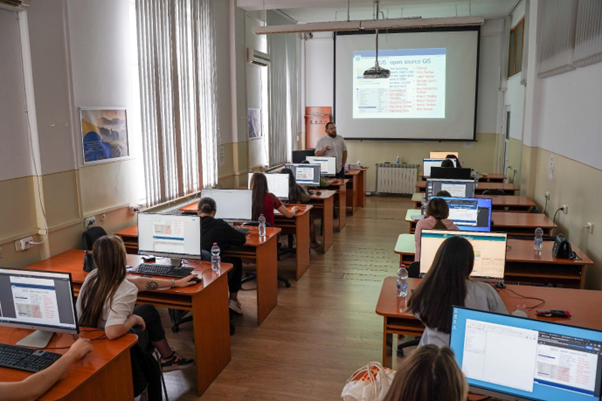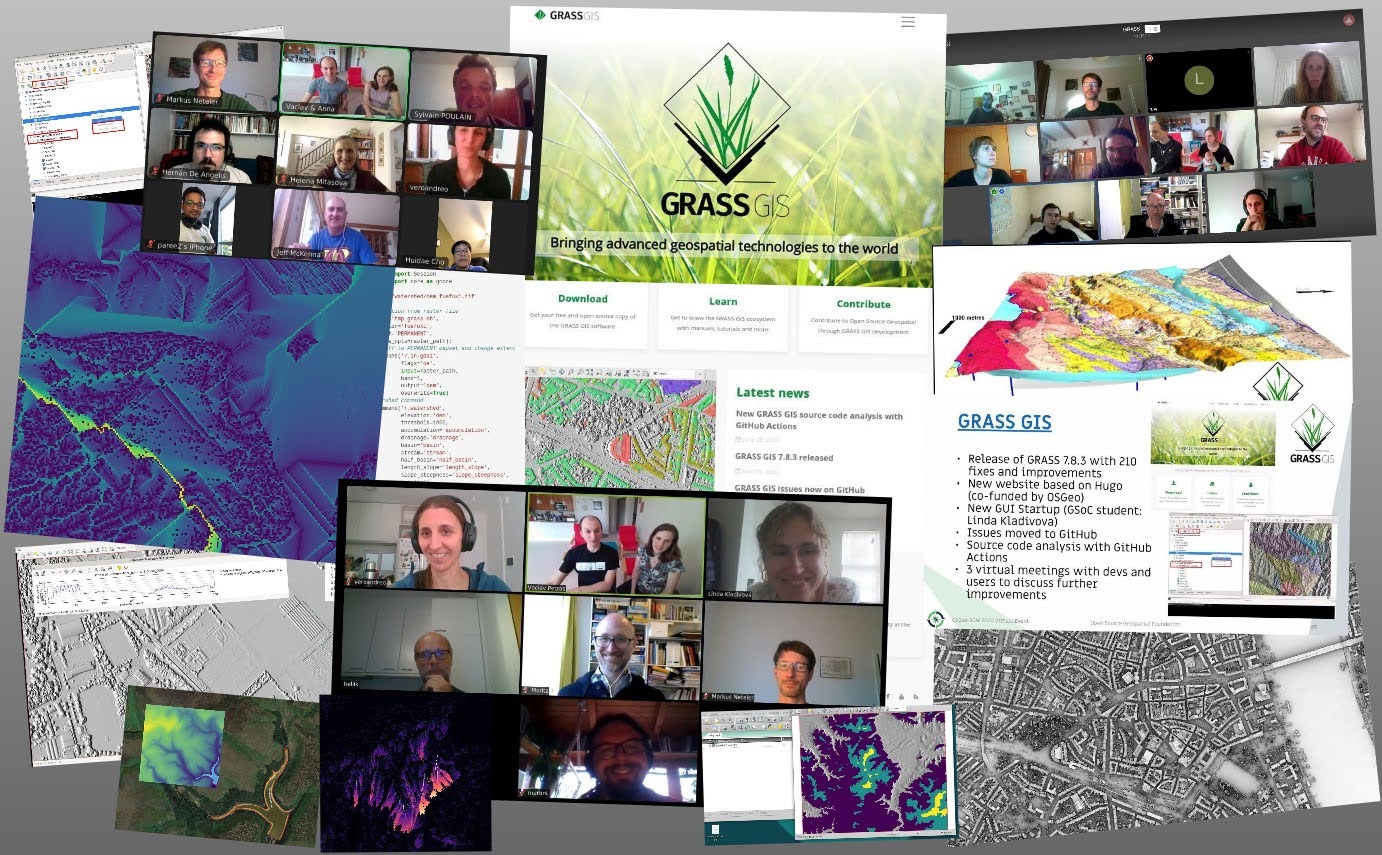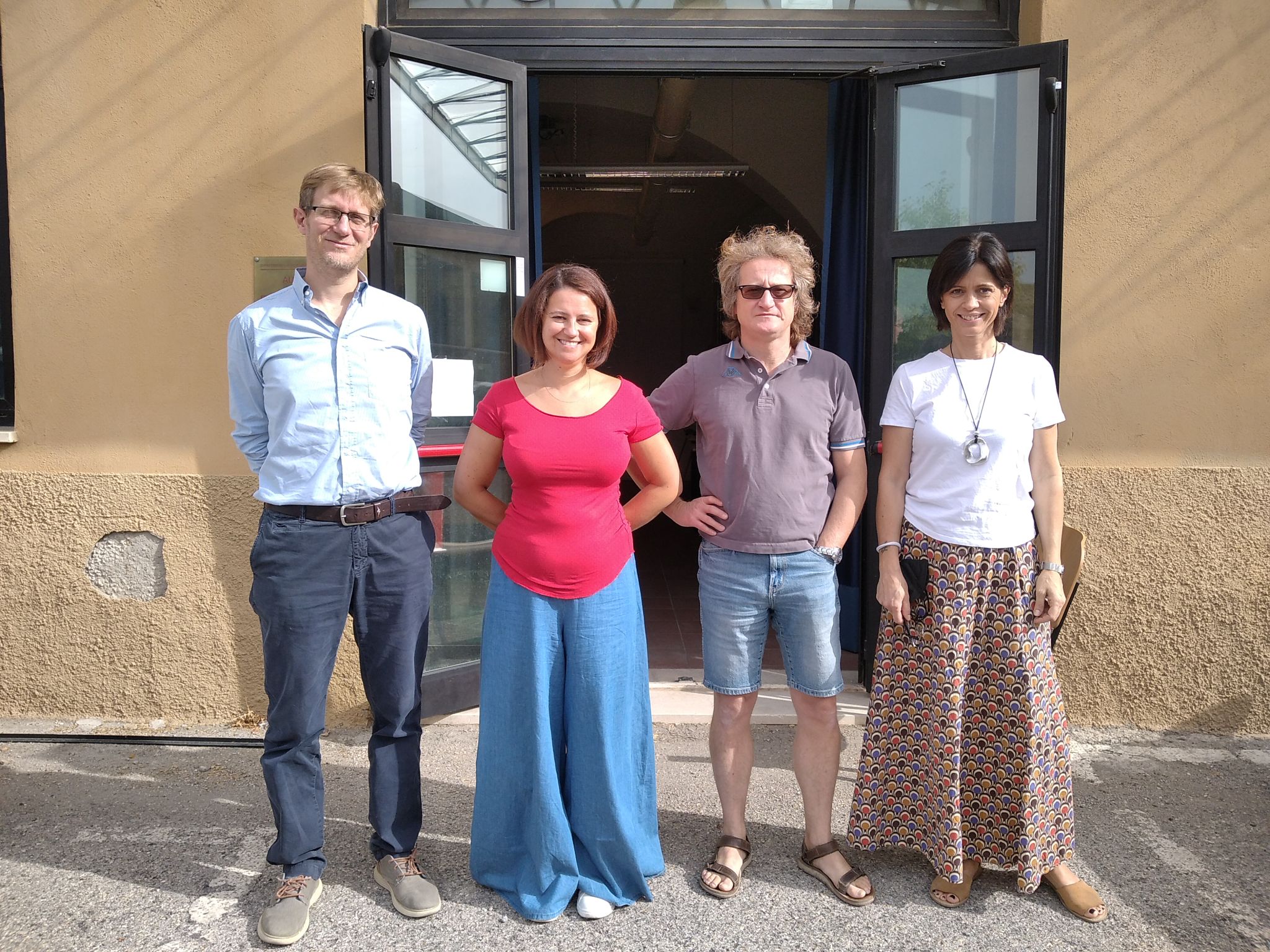How to get to Iasi
By plane: https://www.aeroport-iasi.ro/#flights-table
- TAROM: (www.tarom.ro) London, Madrid, Tel Aviv, Bucharest, Bologna, Rome
- AIRFRANCE: (wwws.airfrance.fr) Paris via Bucharest
- BLUE AIR – (www.blueairweb.com) London, Paris (Beauvais), Brussels, Koln, Berlin, Glasgow, Barcelona, Milano, Torino, Venice, Cluj Napoca, - Timisoara, Oradea, Constanta
- AUSTRIAN – (www.austrian.com) via Vienna
- WIZZAIR – (www.wizzair.com) Catania, Larnaca, Tel Aviv, Venetia Marco Polo, Rome, London (Luton)
By train: https://www.cfrcalatori.ro/en/
Accommodation in Iasi
University Hotels – Booking can be done by contacting the local organizers
“Gaudeamus” Hotel Address: Str. Codrescu No. 1 Located near important academic objectives and student campuses, it offers University students and professors from abroad special accommodation conditions in rooms with 2 and 3 beds. All rooms are equipped with a private bathroom, air conditioning, refrigerator, TV, telephone, etc. VIRTUAL TOUR OF THE “GAUDEAMUS” HOSPITAL/CANTEEN
“Akademos” Hotel Address: Str. Păcurari, no. 6 The location near the “Mihai Eminescu” Central University Library and the House of Student Culture offers guests the possibility to reach the university buildings in less than 10 minutes on foot. The rooms have two beds each and are equipped with air conditioning, own bathroom, and shower cubicles, refrigerator, modern furniture, and internet connection. “Gaudeamus” and “Akademos” restaurants The restaurant “Gaudeamus” is located on the premises of the “Gaudeamus” hotel and has a capacity of 122 seats. The daily average of those who serve the meal is 200-250 people. The “Akademos” restaurant is set up on the ground floor of the “Akademos” hotel and has a capacity of approximately 110 seats. The daily average of those serving the meal is 238 people. The operating schedule of the canteens-restaurant is from Monday to Friday, between 07.00 and 10.30 breakfast is served, and from 12.00 to 15.00 lunch.
Virtual tours: https://www.uaic.ro/tur-virtual/caminul-si-cantina-gaudeamus/ https://www.uaic.ro/tur-virtual/camin-studentesc-akademos/
Recommended hotels in the city of Iași:
- Hotel Majestic ** – Str. Petru Rareş, 7, Iaşi, 700126, Tel: +40232-255557
- Hotel Traian ** – Str. Unirii Place, 1, tel. +400232-266666
- Hotel Moldova *** – Str. Anastasia Panu, 29, tel. +400232-260240
- Hotel Astoria *** – Str. Alexadru Lăpuşneanu, 1, tel. +400232-233888
- Hotel Unirea *** – Str. Piața Unirii, 5, tel. +400232-205000
- Hotel Ramada ** – Str. Gregory Ureche, 27, tel. +400232-215037
- Hotel Select ** – Str. Piața 14 December 1989, 2, tel. +400232-415415
Discover Iasi
For a guide to the best places and experiences in the city of Iasi, please consult the https://iasi.travel/en/ website, created by a collective of teachers-researchers and students from the Department of Geography of the “Alexandru Ioan Cuza” University of Iasi.
Visa
For information about the visa requirements for traveling in Romania, please visit http://evisa.mae.ro/, which is the best way to find information and apply online for visa.








